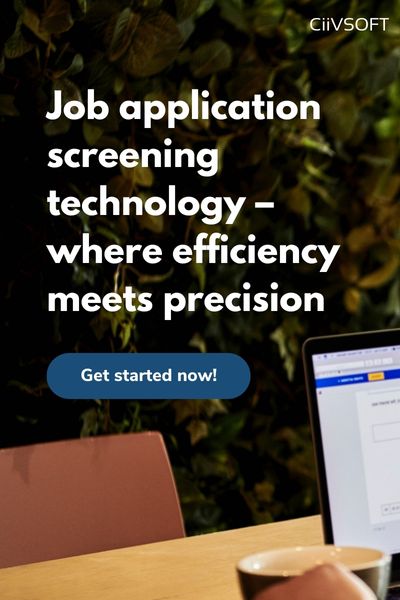When it comes to hiring the right employees, the candidate screening process is crucial. However, over time the methods and techniques used for candidate screening have evolved. In this blog post, we’ll compare traditional and modern candidate screening methods, and explore which approach is more effective.
Traditional candidate screening methods
Reviewing resumes
One of the most common traditional methods for screening candidates is reviewing resumes. This involves reviewing the candidate’s qualifications and experience, and identifying those who meet the criteria for the position. While this method can be time-consuming, it does provide a good overview of the candidate’s qualifications and experience.
In-person interviews
Another traditional method for screening candidates is conducting in-person interviews. This method provides the opportunity for the interviewer to meet the candidate in person, which can be valuable in assessing their fit for the organisation. In-person interviews also provide the opportunity to ask more in-depth questions and get a better understanding of the candidate’s qualifications and experience.
Checking references
Checking references is another traditional method for screening candidates. This can provide valuable insight into a candidate’s past performance, work ethic, and overall fit for the position. It’s important to check both professional and personal references, as they can provide different perspectives on the candidate’s qualifications and work style.

Modern Candidate Screening Methods
Online assessments
One of the most common modern methods for screening candidates is utilising online assessments. These assessments can include cognitive ability tests, personality assessments, and skills assessments. These methods are focused on identifying a candidate’s skills and abilities, and can be quicker and more cost-effective.
Video interviews
Another modern method for screening candidates is conducting video interviews. This method can provide a good understanding of a candidate’s communication skills and how well they can articulate their thoughts. Video interviews also provide a more cost-effective and time-efficient alternative to in-person interviews. According to Indeed, 82% of hiring managers employ virtual interviews due to the convenience and efficiency a video interview offers.
Data analysis
With the rise of big data, organisations are using data analysis to screen candidates. This includes analysing resumes and social media profiles to identify patterns and trends, and identifying the best candidates for the position.
So which is it? Traditional vs modern candidate screening
In terms of effectiveness, both traditional and modern candidate screening methods have their advantages and limitations. Traditional methods can provide valuable personal interactions that can help to identify a candidate’s fit for the organisation. However, modern methods can be more efficient and cost-effective, and can provide a more comprehensive understanding of a candidate’s qualifications and abilities.
To achieve the best results, it’s recommended that organisations use a combination of traditional and modern candidate screening methods. This can include reviewing resumes and checking references, as well as conducting video interviews and utilising online assessments. By utilising a combination of methods, organisations can gain a more comprehensive understanding of the candidate, and increase the chances of identifying the best candidate for the position.
Another important aspect to consider is that modern methods also allow for a more diverse and inclusive hiring process. For example, online assessments and video interviews provide a level playing field for candidates who may not have the opportunity to meet in person. It also eliminates bias that may happen during in-person interviews.
In conclusion, traditional and modern candidate screening methods both have their advantages and limitations. While traditional methods provide valuable personal interactions, modern methods can be more efficient, cost-effective and inclusive. To achieve the best results, organisations should use a combination of both methods, and leverage the strengths of each approach to gain a comprehensive understanding of the candidate and identify the best fit for the position. It’s also essential for organisations to stay up-to-date with the latest technologies and techniques, and to continuously review and optimise their candidate screening process to ensure that they are identifying the best candidates for the position.








